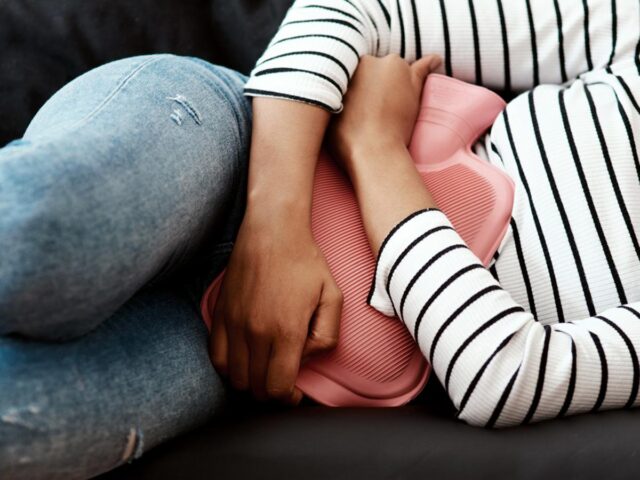Painkillers are the answer for most of us when we are struggling with intense menstrual cramps. But there are certain natural and effective ways, related to diet and lifestyle, that could help deal with period pains better.
Solutions like heat therapy, exercise and stretches, and herbal teas, amongst others help get rid of period pains without popping a pill. To know more, here is a complete guide to apply the most effective and natural ways to get rid of menstrual cramps.
5 Natural and effective ways to get rid of period pain
• Heat therapy
Heat therapy is a simple and effective way to relieve menstrual cramps and period pains. It works by relaxing the uterine muscles, increasing blood flow to the area, and reducing pain and discomfort. Here’s a detailed explanation of how to use heat therapy for period pain relief:
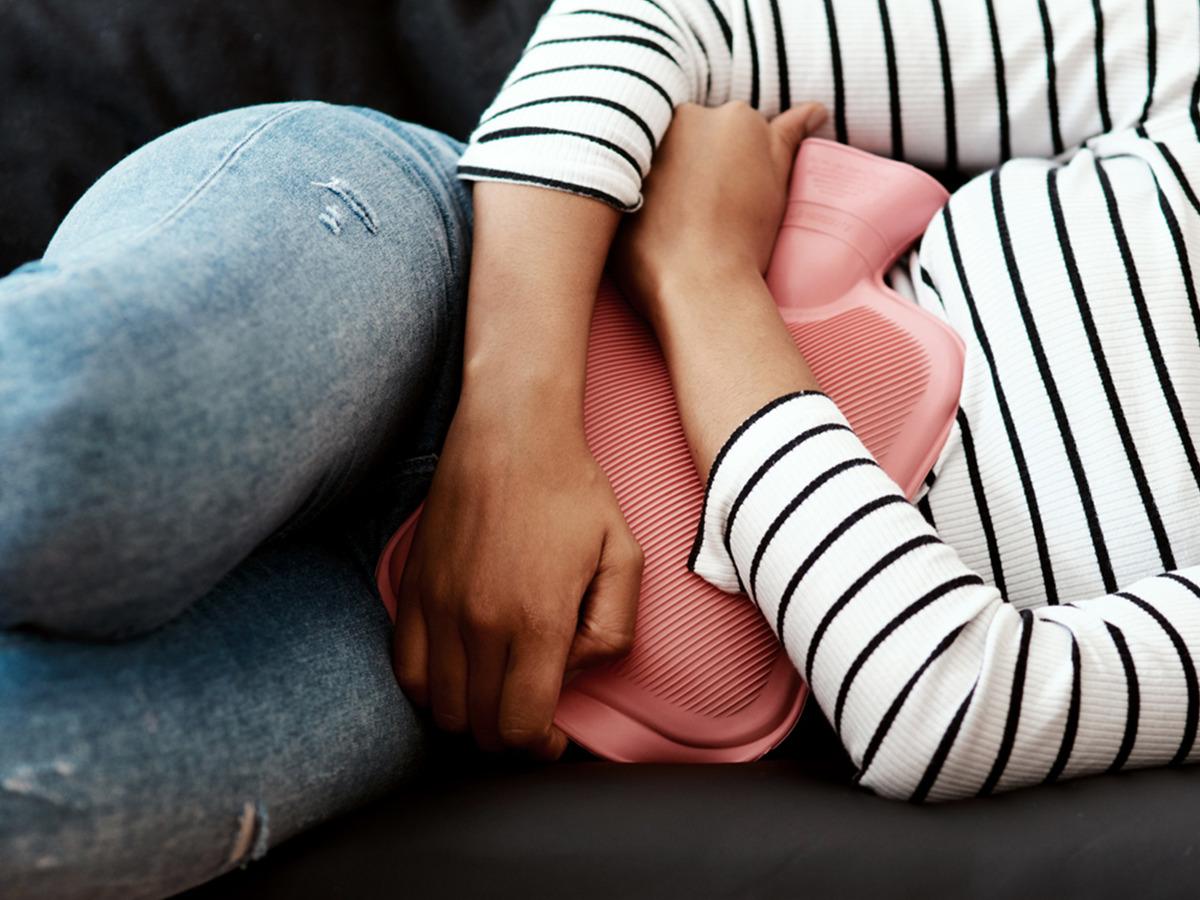 © iStock
© iStock
1. Choose a heat source:
You have several options for applying heat to your lower abdomen. Some common choices include:
• Heating pad: Electric heating pads are widely available and easy to use. Make sure to follow the manufacturer’s instructions for proper usage.
• Hot water bottle: A hot water bottle filled with warm (not boiling) water can be a natural and reusable heat source.
• Warm towel: Soak a clean towel in warm water, wring out the excess water, and apply it to your lower abdomen.
Our recommendation: Hannea Electric Heating Pad
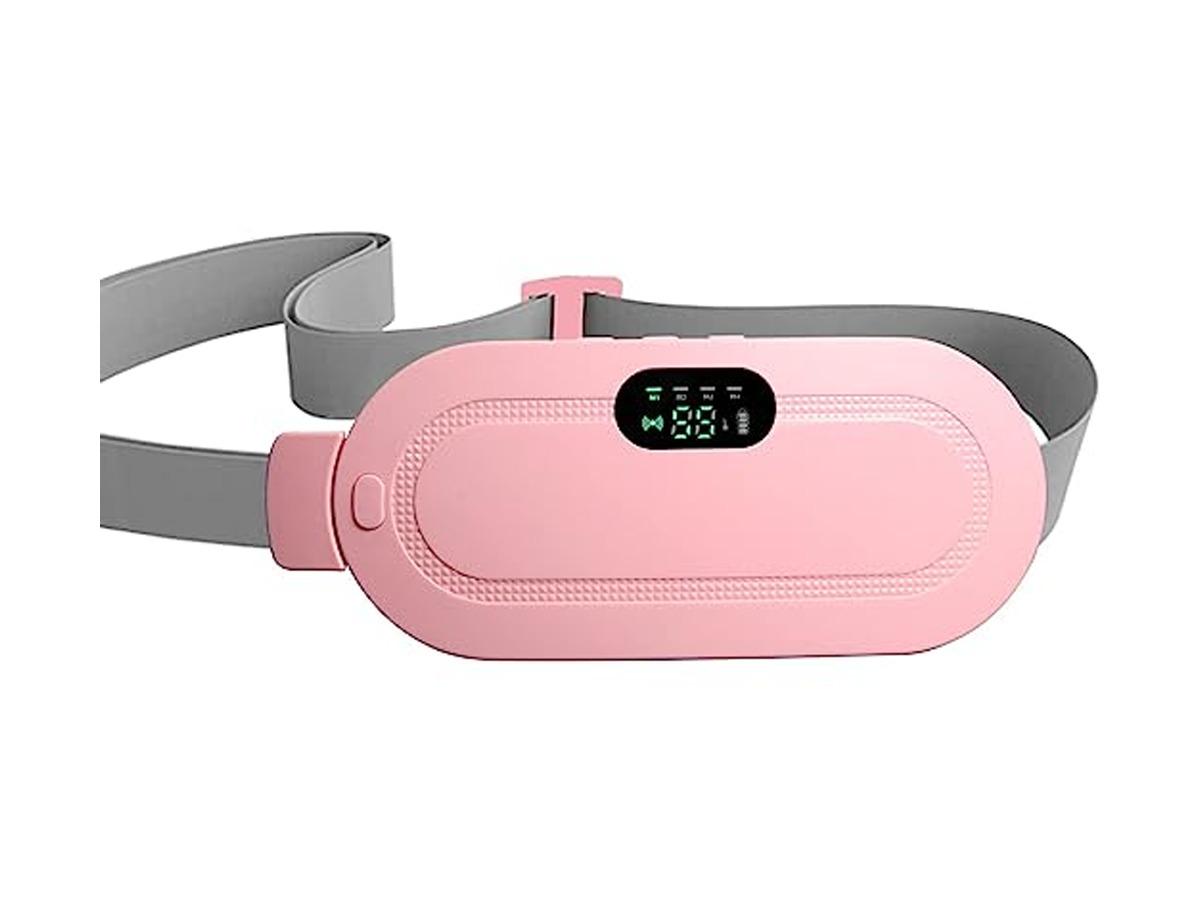 © Amazon
© Amazon
Be it the workplace or your travels, this heating pad is a convenient and portable device that can be carried anywhere with you.
Price: INR 3,749
Buy it here
2. Prepare the heat source:
If you’re using an electric heating pad, plug it in and adjust the temperature to a comfortable level. If you’re using a hot water bottle or warm towel, make sure the temperature is warm but not too hot to avoid burns or discomfort.
3. Position yourself comfortably:
Lie down on your back or find a comfortable position to sit or recline. You can also prop yourself up with pillows to support your back if needed.
4. Place the heat source on your lower abdomen:
Gently place the heating pad, hot water bottle, or warm towel on your lower abdomen, where you feel the most cramping or discomfort. Make sure the heat source covers the entire area of pain.
5. Relax and rest:
Allow the heat therapy to work its magic. You can rest for about 15 to 20 minutes with the heat source in place. If you find it helpful, you can extend the duration as long as it remains comfortable.
6. Safety precautions:
Always use a protective barrier (a thin cloth or towel) between the heat source and your skin to prevent burns. Don’t fall asleep with the heating pad or hot water bottle on to avoid the risk of burns or overheating.
7. Repeat as needed:
You can use heat therapy multiple times a day, especially during your period or whenever you experience cramps. Just remember to take breaks between sessions to avoid prolonged exposure to heat.
Keep in mind that heat therapy is most effective for mild to moderate period pain. If your pain is severe or persists despite using heat therapy, it’s essential to consult a healthcare professional for further evaluation and appropriate management.
• Exercise
Certain exercises and stretches can help alleviate period pains by promoting blood flow, reducing muscle tension, and releasing endorphins, which act as natural pain relievers. Here are some exercises and stretches that may be beneficial for easing menstrual cramps:
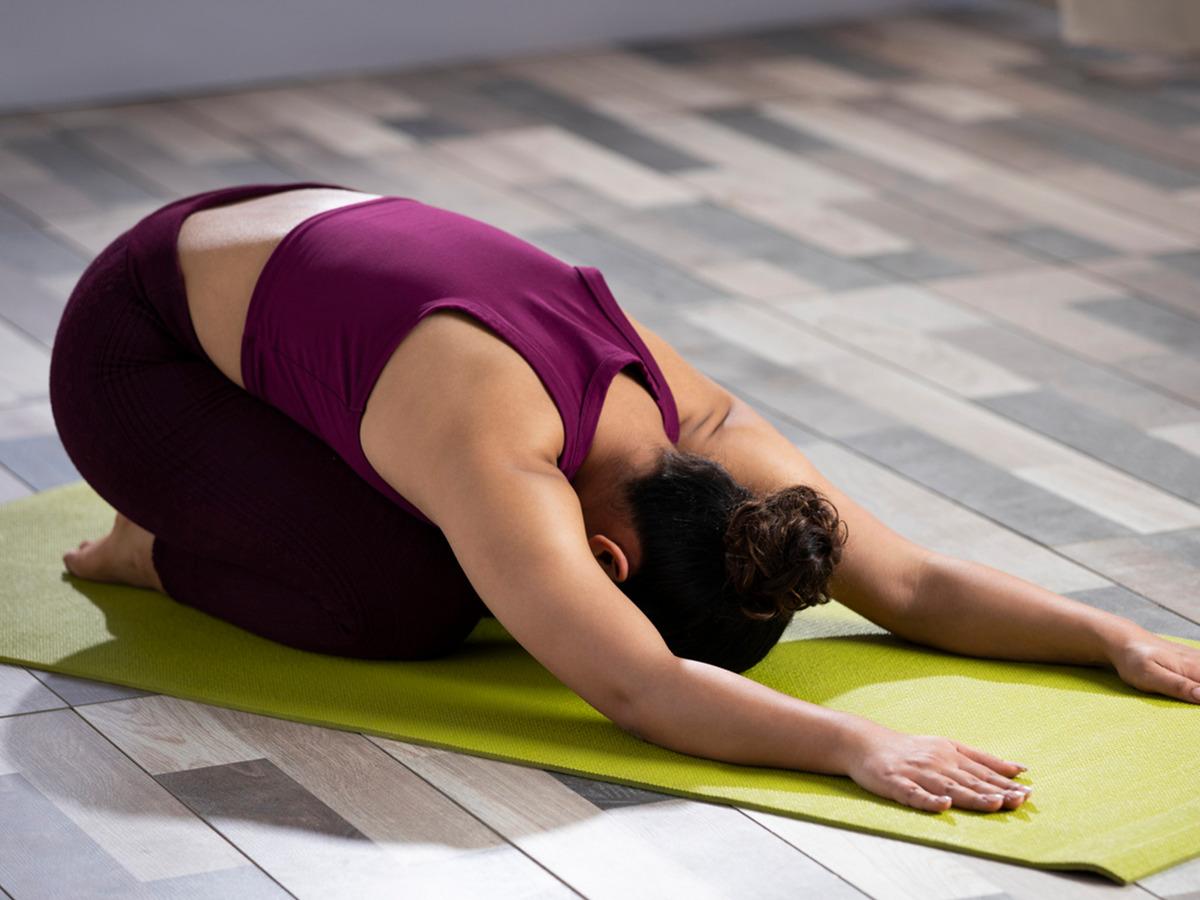 © iStock
© iStock
1. Walking: Taking a brisk walk can be an effective way to relieve period pain. Walking encourages gentle movement and increases blood circulation, which can help reduce cramps and discomfort.
2. Pelvic tilts: Pelvic tilts involve lying on your back with your knees bent and feet flat on the floor. Gently tilt your pelvis backward and then forward, engaging your abdominal muscles. This exercise helps stretch and release tension in the lower back and pelvic region.
3. Child’s pose: Begin on all fours with your hands and knees on the ground. Slowly sit back onto your heels, stretching your arms forward and lowering your head to the floor. Child’s pose can help relax the pelvic muscles and reduce cramping.
4. Cat-Cow stretch: From the same starting position as child’s pose, move into the cat-cow stretch. Arch your back upward while tucking your chin to your chest (cat pose), and then arch your back downward while lifting your head and tailbone (cow pose). This stretch helps relieve tension in the spine and pelvic area.
5. Knee-to-chest stretch: Lie on your back with your knees bent. Hug one knee at a time into your chest, holding the stretch for a few seconds before switching legs. This stretch can alleviate lower back pain and cramping.
6. Seated forward bend: Sit on the floor with your legs extended straight in front of you. Slowly hinge at the hips and reach forward toward your toes. Hold the stretch for a few breaths. The seated forward bend helps stretch the lower back and hamstrings, relieving tension in the pelvic area.
Remember to listen to your body and avoid overexertion during your period. If any exercise or stretch causes discomfort, stop immediately.
• Herbal teas
Herbal teas can be a natural and soothing remedy to help alleviate period pains. Many herbal teas have properties that can ease menstrual cramps and discomfort. Here’s how they can be beneficial:
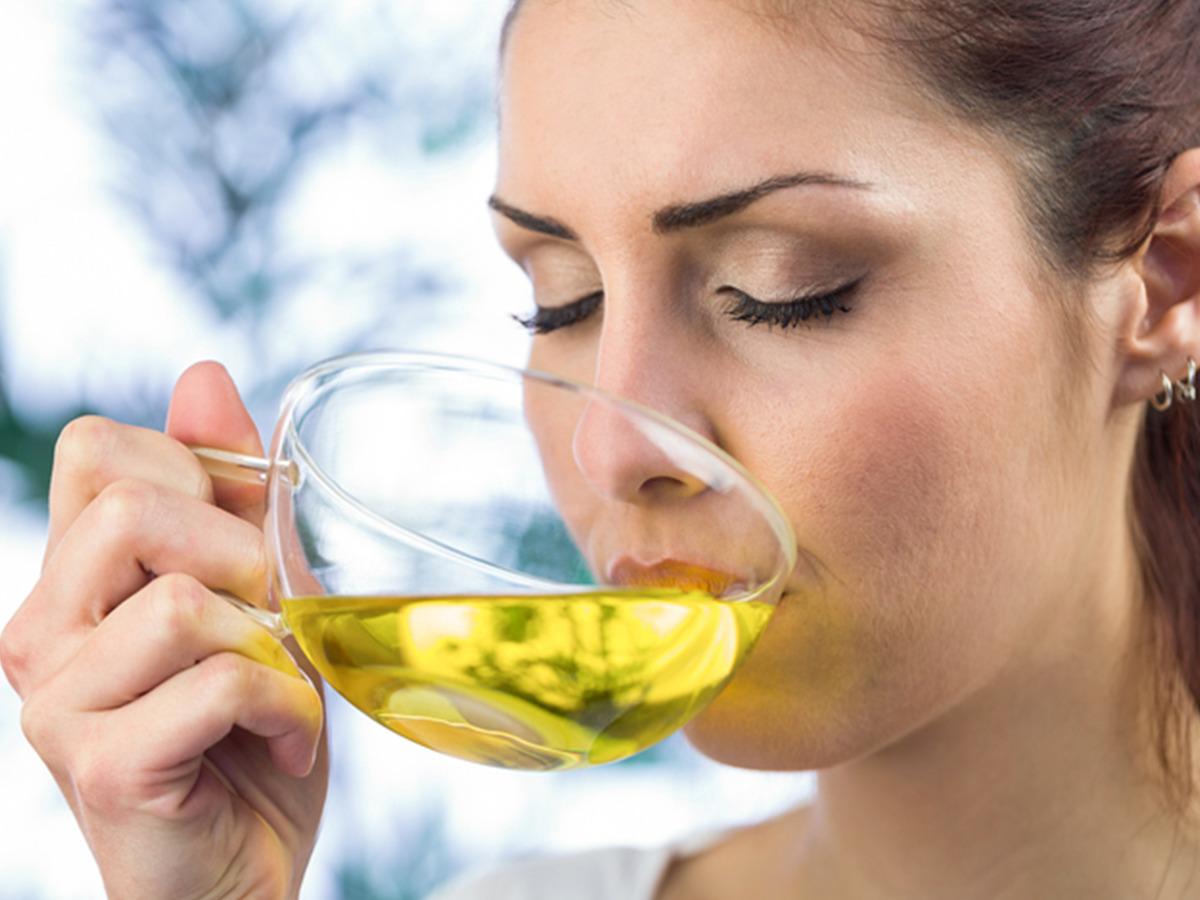 © iStock
© iStock
• Anti-inflammatory effects: Some herbal teas contain compounds with anti-inflammatory properties. Menstrual cramps are often caused by the release of inflammatory substances in the body. Herbal teas like chamomile, ginger, and peppermint may help reduce inflammation and subsequently lessen period pain.
• Muscle relaxation: Certain herbs found in herbal teas have muscle relaxant properties that can help ease tension in the uterine muscles, reducing cramping sensations. For example, chamomile and raspberry leaf teas are known for their potential to relax the uterus and soothe menstrual cramps.
• Pain relief: Herbal teas may contain compounds that act as mild pain relievers. For instance, peppermint tea contains menthol, which can have a calming effect and may help reduce discomfort during menstruation.
• Stress reduction: Stress can worsen period pain and make it more challenging to manage. Herbal teas, such as chamomile and lavender, have calming effects that can promote relaxation and reduce stress levels.
• Warmth and comfort: The warmth of herbal tea can help relax the pelvic area and alleviate tension. Additionally, sipping on warm tea can provide a comforting feeling during menstruation.
Here are some herbal teas commonly used to help with period pains:
1. Chamomile tea:
Known for its anti-inflammatory and muscle-relaxing properties, chamomile tea can help ease menstrual cramps and promote relaxation.
2. Ginger tea:
Ginger has natural anti-inflammatory and pain-relieving properties. Ginger tea may help reduce menstrual pain and soothe an upset stomach often associated with periods.
3. Peppermint tea:
Peppermint has muscle-relaxing properties and can help alleviate cramps and discomfort during menstruation.
4. Raspberry leaf tea:
Raspberry leaf is traditionally believed to support uterine health and may help reduce the intensity of menstrual cramps.
5. Cinnamon tea:
Cinnamon has anti-inflammatory properties and may help reduce pain and inflammation during menstruation.
Our recommendation: Assorted Tea Bags by Vahdam
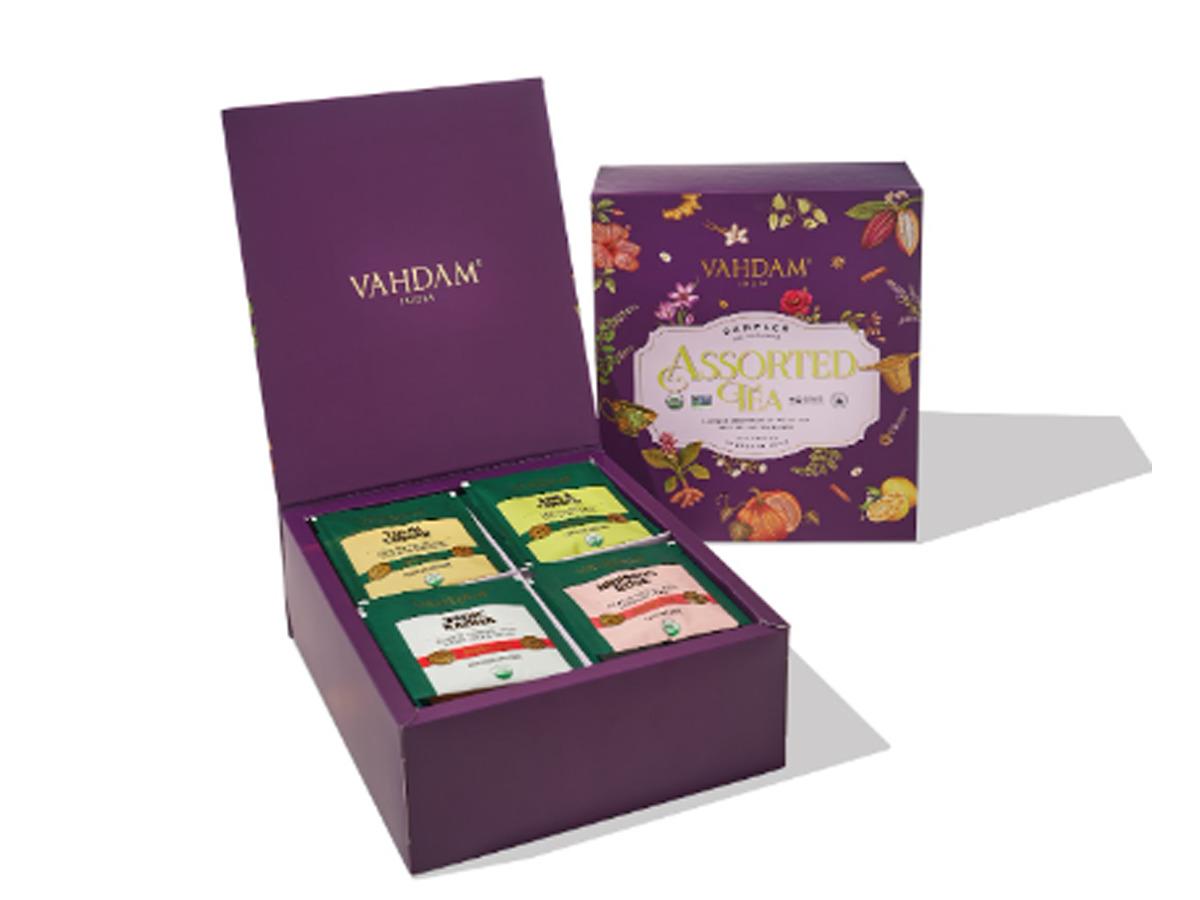 © Vahdam
© Vahdam
The assorted tea bags set by Vahdam, containing 40 variants, contains relaxing herbal teas like chamomile lavender green tea, sweet cinnamon masala chai, and ginger mint green tea, amongst others.
Price: INR 999
Buy it here
• Stress management
Stress management can play a significant role in reducing or even getting rid of period pains. The relationship between stress and menstrual pain is complex, and stress can exacerbate period symptoms in several ways. By implementing effective stress management techniques, you can potentially alleviate the severity and frequency of period pains. Here’s how stress management can help:
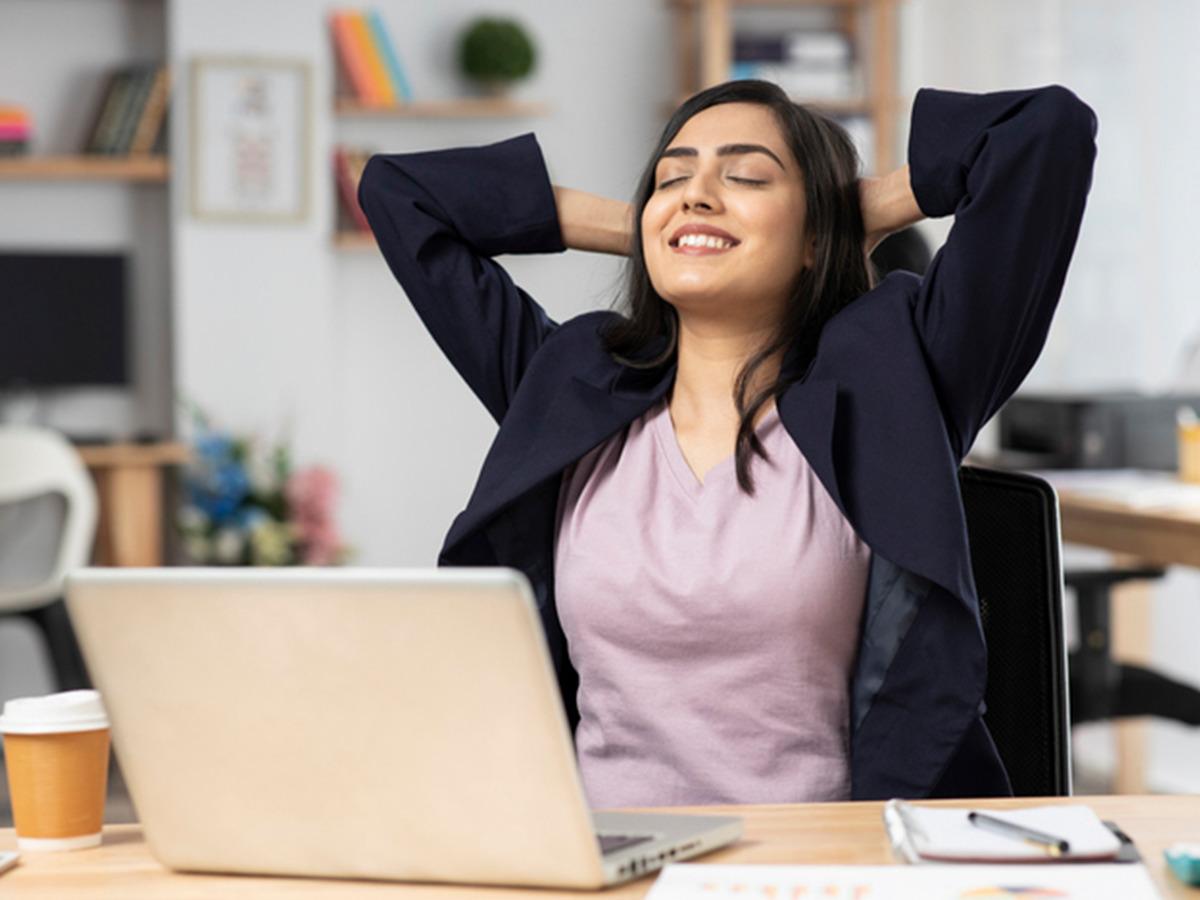 © iStock
© iStock
Muscle tension reduction:
• Stress can cause muscle tension throughout the body, including the pelvic region.
• Increased muscle tension in the uterus and surrounding areas can intensify menstrual cramps.
• Stress management techniques, such as deep breathing, progressive muscle relaxation, and yoga, can help relax muscles and relieve tension, reducing period pain.
Hormonal balance:
• Stress can influence hormonal fluctuations in the body, including those related to the menstrual cycle.
• Chronic stress may lead to an imbalance in reproductive hormones, potentially contributing to more intense menstrual symptoms.
• By managing stress effectively, you can support a more balanced hormonal environment, which may help alleviate period pains.
Inflammation reduction:
• Stress triggers the release of stress hormones like cortisol, which can lead to increased inflammation in the body.
• Inflammation is associated with various health issues, including exacerbating menstrual pain.
• Stress management practices can help reduce inflammation, leading to less discomfort during menstruation.
Pain perception modulation:
• Chronic stress can alter the way the brain processes pain signals, making the pain feel more intense.
• By reducing stress and promoting relaxation, you can positively influence the brain’s pain perception, leading to a decrease in the perception of menstrual pain.
Improved overall well-being:
• Stress can take a toll on your overall physical and emotional health.
• When you’re stressed, you might be less likely to engage in self-care practices, such as regular exercise, healthy eating, and sufficient sleep.
• By managing stress and prioritising self-care, you can support your body’s overall well-being, making it better equipped to handle menstrual symptoms.
Effective stress management techniques may include:
1. Mindfulness meditation: Practising mindfulness can help you stay present and reduce anxiety and stress.
2. Deep breathing exercises: Taking slow, deep breaths can activate the body’s relaxation response and reduce stress.
3. Exercise: Engaging in regular physical activity can release endorphins, which act as natural painkillers and mood enhancers.
4. Yoga and stretching: Gentle yoga and stretching can help relieve muscle tension and promote relaxation.
5. Time management: Organising your time effectively can reduce stress and create a sense of control over your schedule.
6. Social support: Talking to friends, family, or a support group about your stress can provide emotional relief and support.
• Dietary & nutritional adjustments
Dietary and nutritional adjustments can significantly impact period pains by reducing inflammation, balancing hormones, and promoting overall well-being. Making conscious choices about what you eat and ensuring you receive essential nutrients can help alleviate menstrual cramps and discomfort. Here’s how dietary and nutritional adjustments can help:
 © iStock
© iStock
Reducing inflammation:
• Some foods can promote inflammation in the body, which may worsen period pain.
• By focusing on an anti-inflammatory diet, you can potentially reduce inflammation and ease menstrual symptoms.
• Incorporate foods rich in omega-3 fatty acids (e.g., fatty fish, flaxseeds, chia seeds), antioxidants (e.g., fruits, vegetables), and whole grains into your diet.
Balancing hormones:
• Hormonal imbalances can contribute to menstrual cramps and other symptoms.
• Eating a balanced diet that includes a variety of nutrients can support hormone production and regulation.
• For example, consuming sufficient healthy fats, such as those found in avocados and nuts, can support hormone synthesis.
Minimising caffeine and salt:
• Caffeine and high salt intake can lead to water retention and bloating, exacerbating discomfort during menstruation.
• Reducing the consumption of coffee, tea, and salty processed foods can help alleviate bloating and cramping.
Magnesium-rich foods:
• Magnesium is a mineral that can help relax muscles and reduce cramps.
• Incorporate magnesium-rich foods into your diet, such as leafy green vegetables, nuts, seeds, and whole grains.
Hydration:
• Staying well-hydrated is essential for overall health and can help reduce bloating and water retention during menstruation.
• Drink plenty of water throughout the day.
Iron-rich foods:
• Heavy menstrual bleeding can lead to iron loss.
• Consuming iron-rich foods, such as red meat, beans, lentils, and leafy greens, can help maintain healthy iron levels and prevent iron-deficiency anaemia, which may contribute to fatigue and worsen period symptoms.
Vitamin B6:
• Vitamin B6 may help relieve menstrual pain by supporting hormone regulation.
• Foods rich in vitamin B6 include poultry, fish, bananas, and potatoes.
Herbal supplements:
• Some women find relief from period pain by using certain herbal supplements, such as evening primrose oil, which contains gamma-linolenic acid (GLA), known for its anti-inflammatory properties.
Avoiding trigger foods:
• For some individuals, certain foods may exacerbate period symptoms.
• It’s essential to pay attention to your body and identify any trigger foods that may worsen your menstrual pain.
Social and lead images credits: Dharma Productions, Red Chillies Entertainment, Hope Productions
Special Story [widgetId: 20108]

